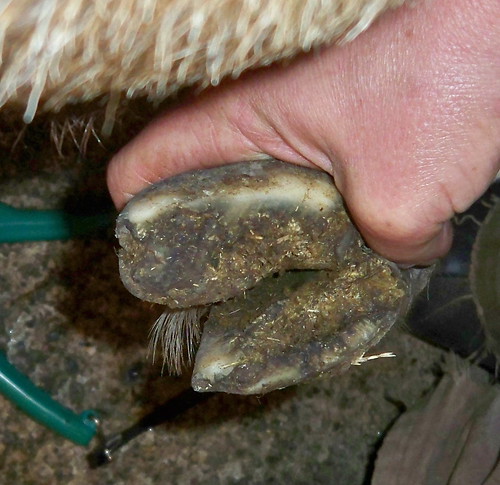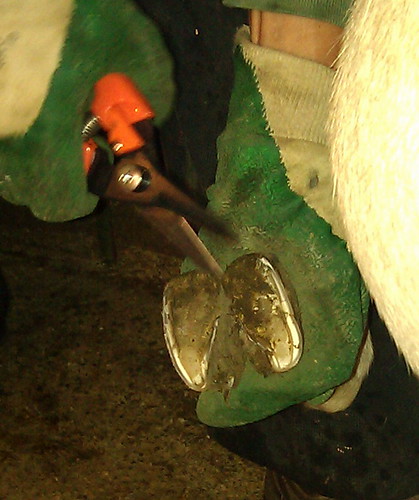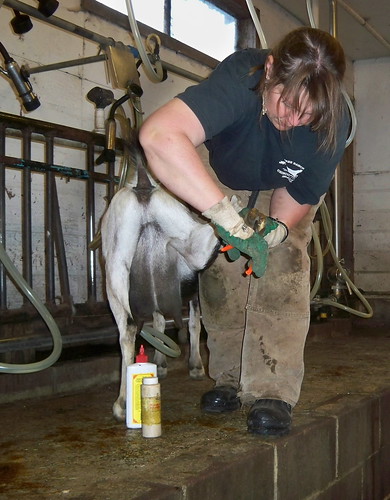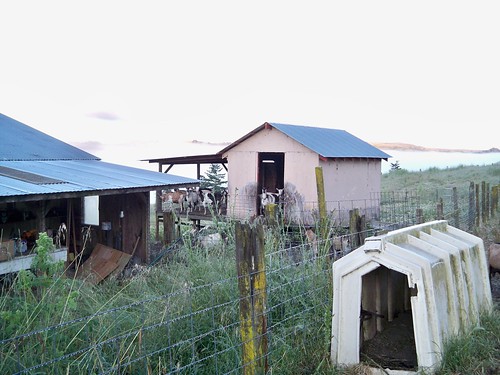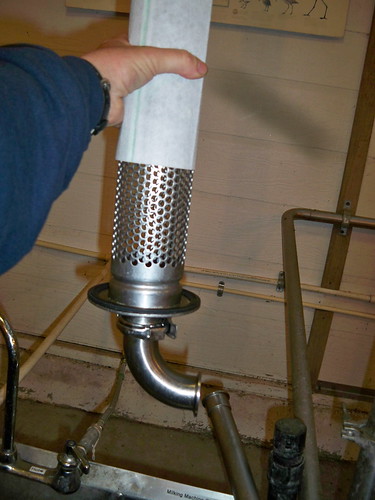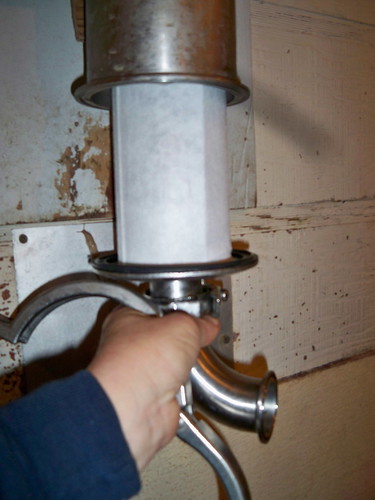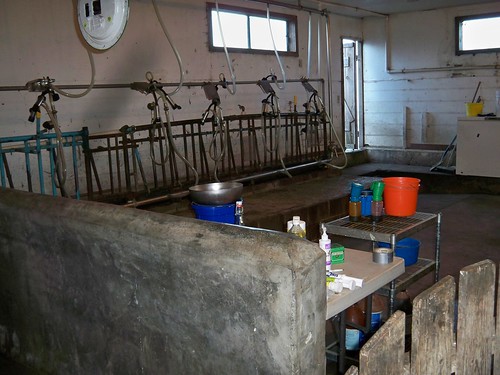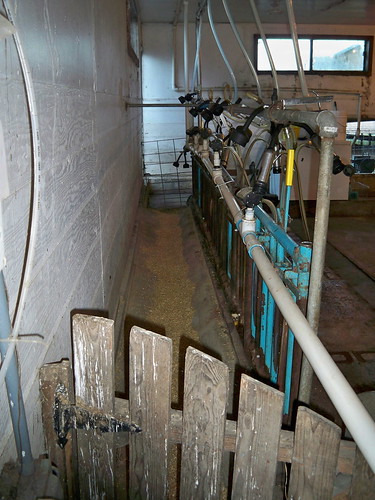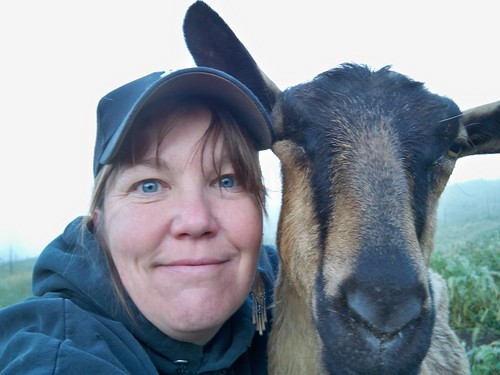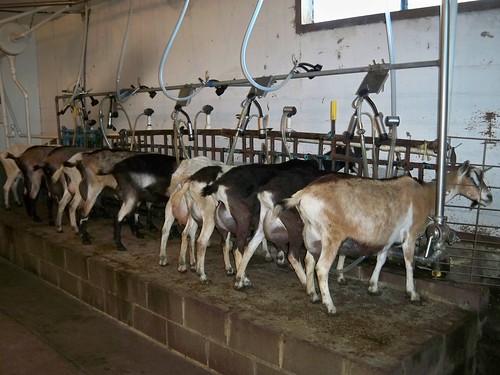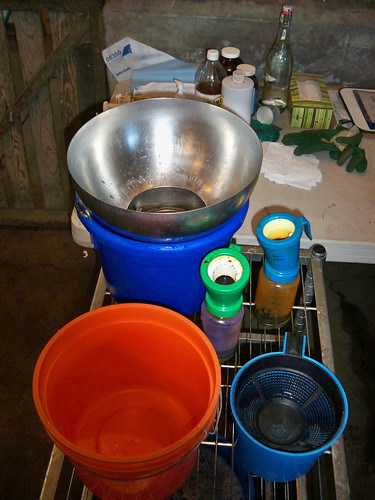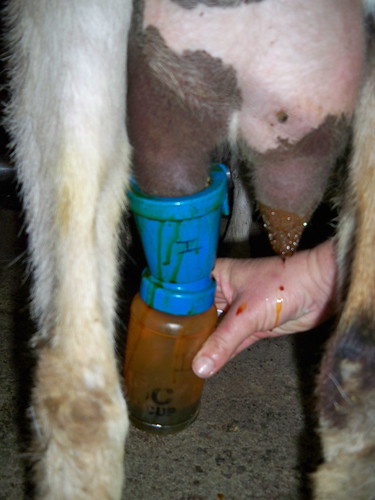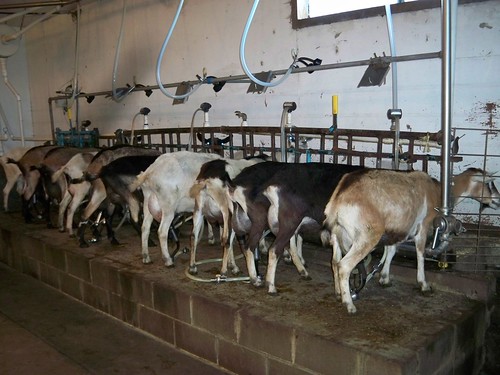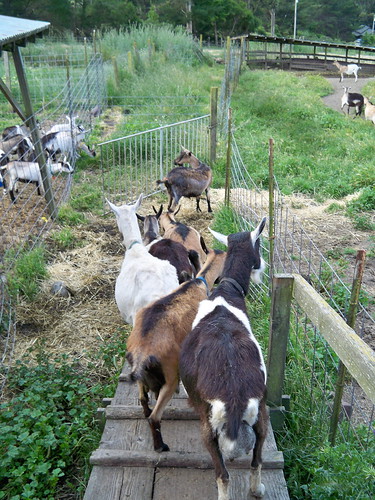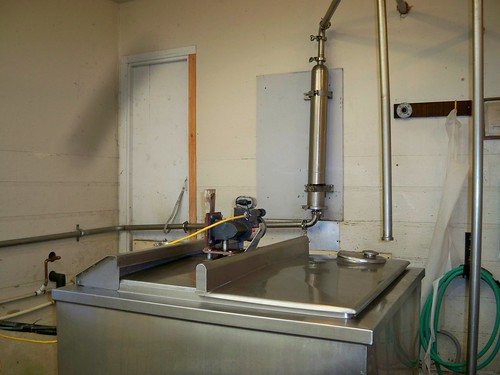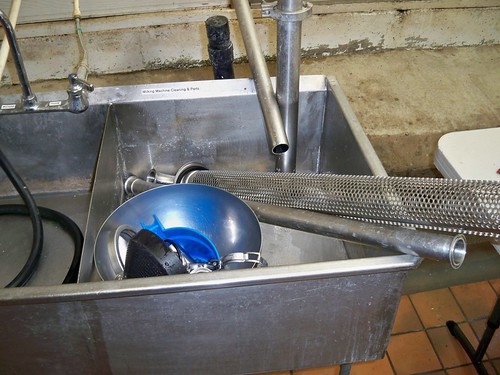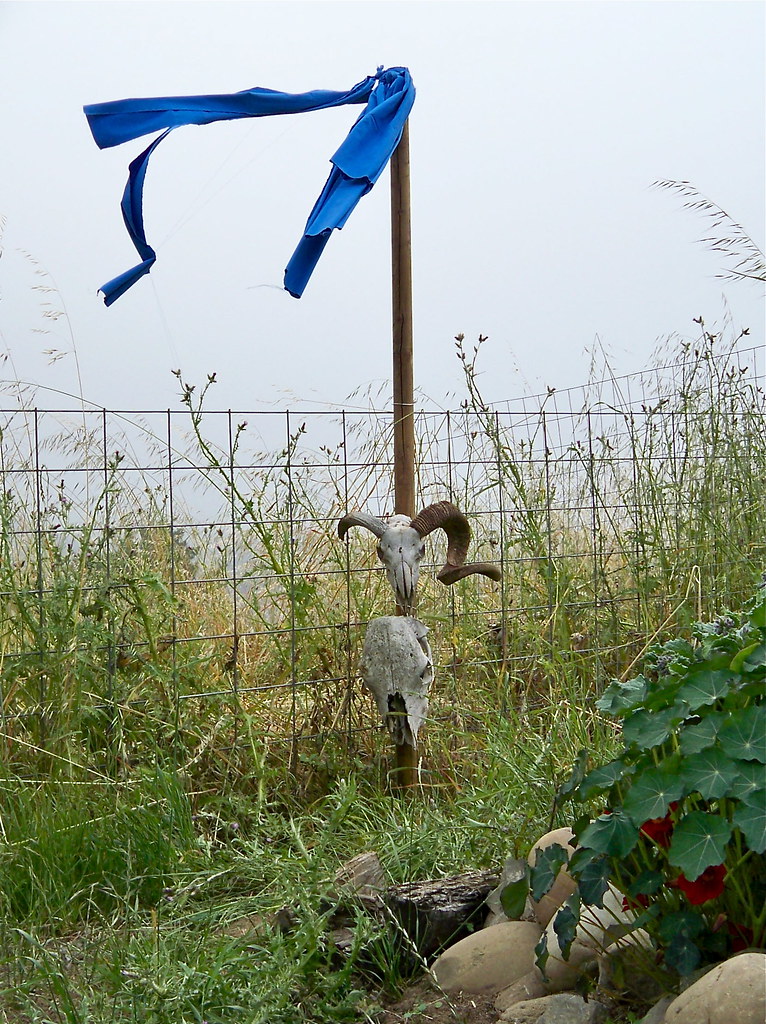It’s clear that a lot of my addictive nature is the avoidance of feelings. I find I really don’t understand feelings well at all. In fact, I often can’t identify my feelings with precision, at least not without serious reflection.
Turns out, I’m not alone in this. I’ve been using this list of feeling words recently, something suggested to me by a nutritional therapist a few years ago. I’m usually scrolling down for the negative feelings…funny, I don’t seem to need to reflect on the happy ones so much.
Identifying the name of the feeling helps. It’s gives me something to mentally grab onto so I can pivot around and look at the situation from another angle. OK…uncertain, frustrated, vulnerable, discouraged…now named, they are easier to deal with. My judgmental mind likes to have reasons, and “I don’t know…I’m just…ick” doesn’t appease that part of my brain the way “uncertain, frustrated, vulnerable, discouraged“ does. How would I treat a friend who was feeling those things? Naming the feelings takes away some of their power to overwhelm me, and makes compassion possible.
”Uncertain, frustrated, vulnerable, and discouraged” described my feelings earlier this week. Getting the yurt ready for the winter has been on my mind. The windows really need an overhaul, and I want to re-tarp the top. My landlord wasn’t keen on paying for a new tarp…“the one that’s on there is a 5-year tarp and it’s only been on there one year!” But her disagreement came to a swift end when our recent high winds created two large rips in the outer tarp. Now we both agree: I’ll get a new one. I’ve also been looking at the top rafters with some level of fear…how is that wood doing? Are those brackets going to continue to hold? My brother promises to come for a visit in a couple of weeks to go over things and help me make an action plan.
Then there are the pests…not just the “pests of the mind”, but the real live variety, with tails and teeth. The local birding mailing lists talk of rodent populations being high this year, with eager excitement about a possible influx of hawks. But I am less happy about trapping rats in the yurt or finding a pristine gopher tunnel exiting the ground right under a beautiful squash that I was watching daily in anticipation of harvesting it. The squash is now mostly-eaten, looking for all the world like a cute porch over the entrance to the gopher hole.
When the gophers and voles aren’t popping out of holes to munch on plants that overgrew the raised beds, I see them simply scampering over the wooden sides of the beds to get their snacks. Poor boundaries; it’s a familiar problem. I’m told that feeling the sudden anger and fear rise up in me is a sign that my boundaries have been crossed, and that is how I feel when I see the gophers making a mockery of the raised beds. Anger at their destruction, but more fear that people will notice this proof of what a terrible gardener I am. (Oh hey, hello there, Pride…)
The irony of all of this is that the very night I returned home from helping with the “Gardening Without Enemies” workshop, I walked in to find a dead vole smack in the middle of my floor, and woke that same night to the sounds of a rat rummaging through my kitchen. Clearly, I am a total sham. (Well, it’s true that I don’t think of them as enemies. But still!)
Sometimes I think I would like to write here about how I’ve really fixed things up, how my garden is producing food that I’m eating and preserving for the winter. I’d like to brag about my neat woodpile, the oranges and greens of beautiful squash, the careful soil preparation I’m doing as I think about the apple trees and other perennials I’ll plant this fall. I’d like to write about how much I’ve healed and grown up through the divorce, and how I’m now emotionally perfect and don’t care to be loved by anyone else in my pristine solitude at the top of this romantic ridge in this picturesque yurt.
The reality is so very different. I’m lazy, ambivalent, prone to flights of fantasy, way too needy, and the custodian (or prisoner?) of some pretty ugly feelings (and absolutely certain that no one would like me if they knew I had those feelings). Reality is messy and uncertain and, yes, sometimes wonderful too. My therapist doesn’t usually tell me anything, but recently told me this: ”If you want to play in this part of the world, you can’t rise above it. And if you have to rise above it, then you don’t get to play in this part of the world.“
And this is gets me to the core. The addictions are attempts to escape this truth. The constant striving to escape this part of the world, because it seems so messy with feelings. To aspire to something more tidy and orderly than this mucky life here on earth, and if I can’t do that, then just check out altogether. The goal setting, the list making, the project planning…all of these are great for getting work done in the ideas part of the world, but they are a poor approach for life itself. Life must be lived, and life will not be compartmentalized nor follow the rules I make up for myself (or from others).
I want to live life. I want to play in this part of the world. With all the other critters.
What does it mean to really have our feelings? What’s the difference between having my feelings and getting attached to them? Intellectually, I think the idea is to accept them, let them arise in my life and then, as easily, let them go. But is that really all there is to it? Is that really enough? What about expressing them? Do I need to express all of my feelings to live in a truly honest way?


